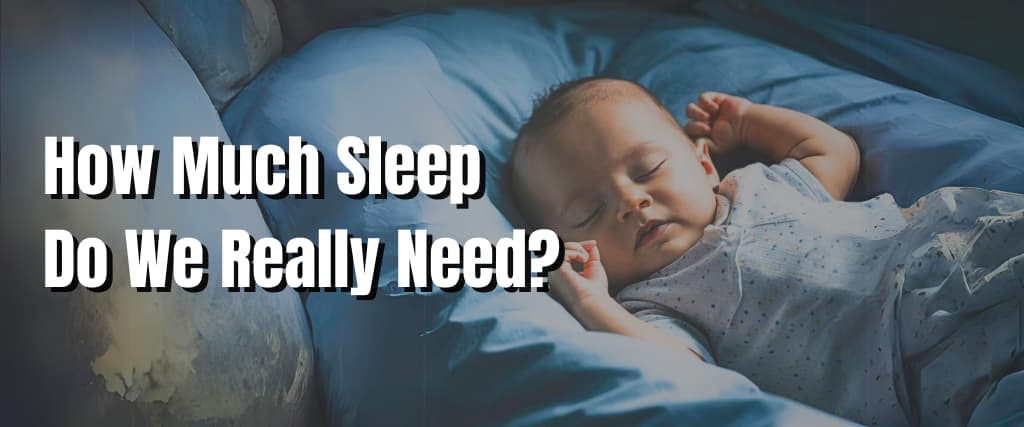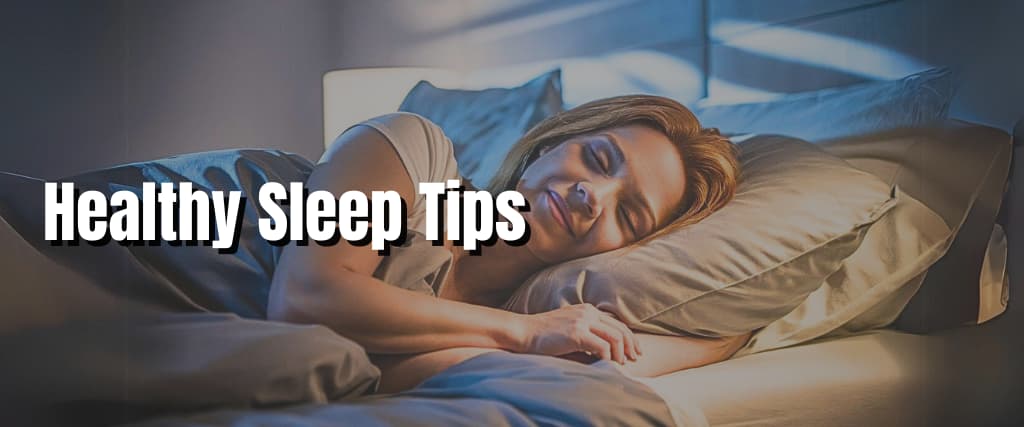Getting into a snug bed after a busy day can boost relaxation and enable you to doze off faster. High-quality bedding plays an essential role in making your bed feel cozier and more inviting.
Your skin usually has direct contact with the sheets, so ensure that your sheets are made from soft and breathable materials that won’t irritate your skin. However, the fabric should also be strong and durable to resist the wear and tear that results from multiple washes.
For several years, cotton has been the most desirable material for sheets. Now, however, there are numerous blends and fabrics to choose from. Microfiber is now renowned for its durability. But is it as breathable as cotton?
This post answers the question above and highlights the similarities and differences between cotton and microfiber bed sheets. This knowledge will help you pick the best new bed sheet set.
Cotton Sheets

Cotton is an entirely natural material. Therefore, it is absorbent, breathable, and keeps you cool during the night. It’s also hypoallergenic and is ideal for people with skin sensitivity.
Cotton bed sheets are available in different weave patterns, thread counts, and price points. Cotton has four essential features: durability, variety, breathability, and feel. These are explained below.
Breathability
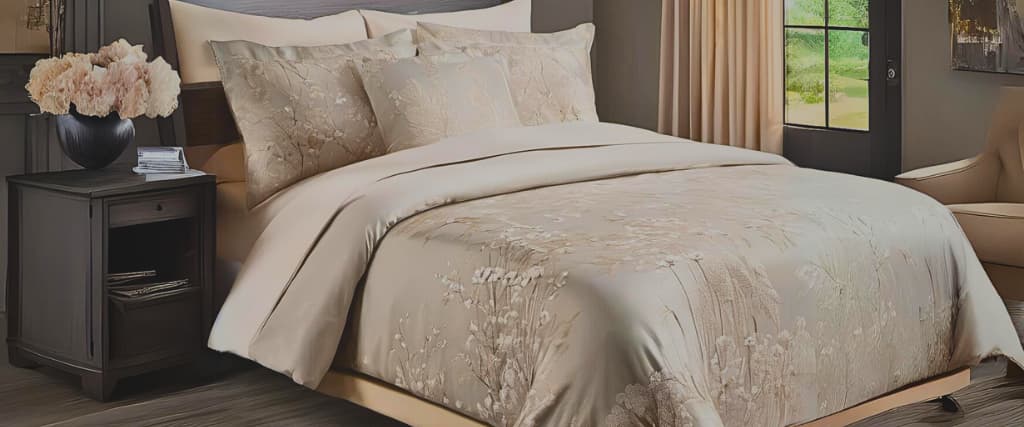
100% cotton is naturally breathable—air can flow through it easily and quickly, no matter the body heat, weather, or the extent of pressure exerted. Since this fabric is quick-drying and absorbent, it prevents sleep disruptions caused by overheating and night sweat. The breathability of 100% cotton makes it the perfect bedding material for hot sleepers.
Feel

The smooth finish of cotton sheets soothes the skin and is ideal for people with allergies, sensitive skin, and autoimmune diseases like eczema and psoriasis. This fabric comforts already irritated skin and won’t worsen the situation.
Durability
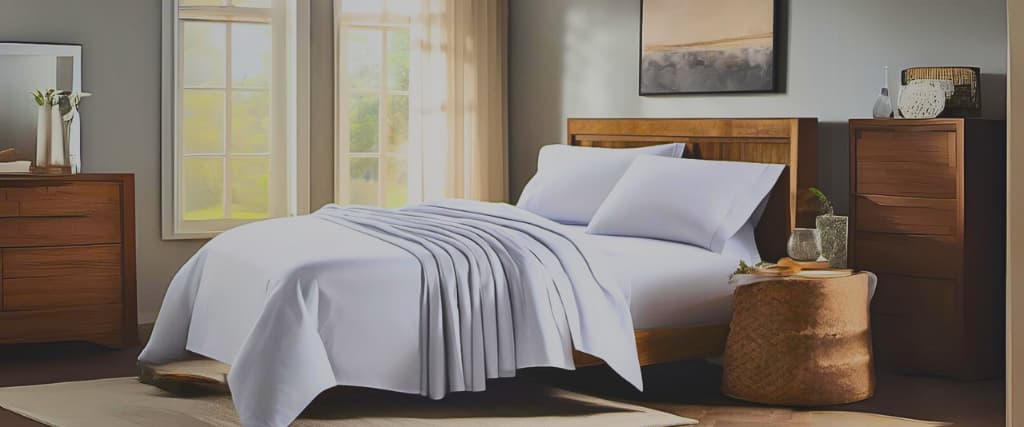
The sheets are usually manufactured with strong interlocking weaves that make them extraordinarily durable without compromising softness. Cotton sheets can withstand regular cleaning without losing shape or pilling. Most high-quality cotton sheets usually last two to three years before becoming too thin to withstand washing.
Variety
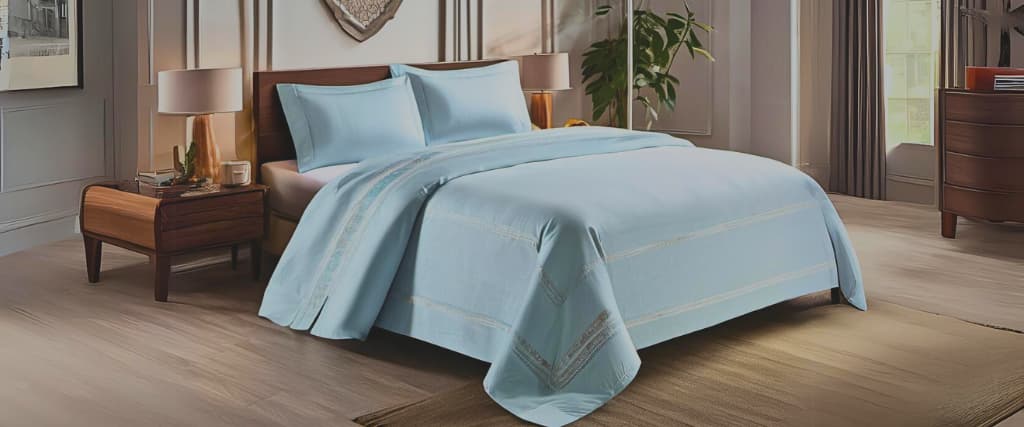
These sheets are in high demand, and manufacturing companies use this breathable, soft fabric in varying ways. Below are the common variations of cotton sheets.
- Extra-long staple cotton: The three cotton species are Pima cotton, Egyptian cotton, and Upland cotton, with Upland sheets as the most common. However, Pima and Egyptian cotton sheets are superior to Upland since they have extended fibres called extra-long-staple cotton. This makes these sheets more durable, softer, and finer.
- Thread count: This is the number of threads woven per square inch of fabric. The higher the thread count, the smoother and silkier the sheet. However, be wary of brands that claim to sell sheets with thread counts above 500.
For the threads to stay durable and strong, most thread counts reach an upper limit at 500. High-quality cotton sheets usually have a 300 to 400 thread count.
- Organic certifications: GOTs or USDA certified cotton sheets are grown without herbicides and pesticides. These bedsheets are more expensive than regular ones and are worth the additional charge if you have skin sensitivities or severe allergies. Our Regular Cotton Vs. Organic Cotton Guide has a detailed comparison.
- Weave: Manufacturers weave cotton in various patterns to alter its feel and durability. Flannel, sateen, and percale are the most common cotton weave for bed sheets. Flannel bed sheets are warm and cozy, ideal for cooler weather, while sateen bed sheets are smooth and silky. Percale possesses a cool, crisp feel identical to linen; it is ultra-breathable and doesn’t pill.
Microfiber Sheets

Microfiber, a synthetic fabric, has the same feel as silk due to its thin, tiny fibres. Microfiber is made with different polyester fibre types like kevlar and nylon. Even though manufacturers don’t make this fabric with natural fibres, they make some microfiber bed sheets with natural materials like groundwood pulp and polyester blends.
Below is an outline of microfiber features — feel, variety, durability, and breathability — and how they compare to cotton sheets.
Breathability

Despite being synthetic, microfiber is very breathable. Microfiber absorbs moisture and heat to regulate your body temperature and keep you comfortable and cool throughout the night.
Microfiber repels and prevents water from soaking into the fabric. Manufacturers make athletic clothing using microfiber because its moisture-wicking properties keep active people dry and cool.
Feel
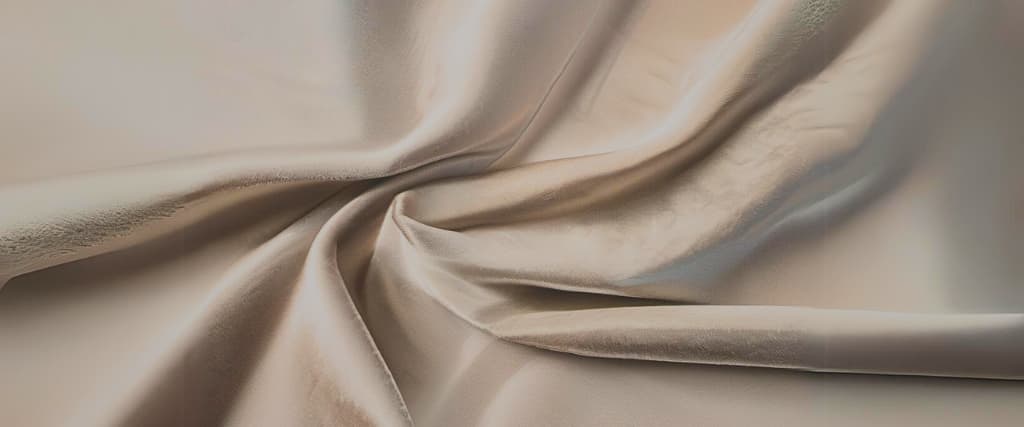
High-quality microfiber bed sheets are just as comfortable and soft as cotton. However, this fabric has a silkier feel than cotton.
It’s common for microfiber to be “brushed”. Brushing involves lightly lifting every fibre to create a plush, velvety feel. Most microfiber sheets are designed from sateen or percale weave to make them soft to the touch.
Variety

Similar to cotton sheets, various microfiber sheets are available on the market. Microfiber sheets aren’t available in long-staple or organic variations since they’re synthetic.
Additionally, thread count doesn’t apply to microfiber sheets the way it applies to cotton sheets. To assist you as you shop, we’ve put together a list of microfiber sheets available and what to look out for.
- Grams Per Square Meter (GSM): Microfiber sheets have GSM ratings that relate to the material’s weight rather than thread count. A sheet with a GSM of over 100 is made from sturdy, high-quality material, while those with a rating below 90 are low quality.
- Brushing: Most brands brush the fabric to give microfiber sheets a velvety soft texture. You may encounter sheets labelled “double brushed” while shopping. This means the fibres are brushed on all sides for extra comfort.
- Weave: Many microfibre sheets are made using sateen or percale weave. These weaves give the sheets a crisp feeling and make them more durable. Unlike cotton sheets, microfibre sheets don’t have a flannel weave.
Durability

The sheets are woven using high-tech instruments to produce a remarkably tight weave that’s durable and won’t pill. This fibre also repels liquid; therefore, it’s unlikely that the sheets will develop stains caused by accidental spills.
With regard to care, microfibre sheets are easy to wash and maintain. The sheets can hold out against high temperatures without deteriorating or losing shape.
Additionally, compared to cotton sheets, microfibre sheets are more resistant to wrinkling.
Final Verdict
From the list above, microfibre and cotton sheets have many differences and similarities. The chart below gives a side by side comparison of the two sheets in the four areas covered above—feel, breathability, variety, and durability.
| Feature | Cotton | Microfiber |
| Breathability | Airy, light, with plenty of air circulation to prevent heat-trapping. | Absorbent and moisture-wicking to keep sleepers cool and dry. |
| Feel | Crisp, soft and soothing, ideal for individuals with sensitive skin. | Silky, smooth, slippery feel due to the tiny, thin fibres; ideal for those who experience night sweats. |
| Durability | Naturally durable and strong without compromising softness; lasts 2 to 3 years. | Wrinkle and stain-resistant; lasts 2 to 3 years. |
| Variety | Available in high thread counts, strong weaves and organic varieties. | Available in percale or sateen weaves and brushed types. |
Frequently Asked Questions
What are Tencel sheets?
Tencel is a material designed from cellulose and wood pulp fibres. It’s a product of eco-friendly and reusable materials with a cotton blend. Sheets made using Tencel are typically wrinkle-resistant and soft and have a plush, silky texture.
What types of sheets do hotels use?

Many hotels use top-quality cotton sheets with thread counts ranging from 300 to 400. Fancier hotels may use Pima or Egyptian cotton sheets for a cozy and plush feel.
What types of sheets are crisp?
Cotton sheets with a percale weave have a crisp, smooth texture. A percale weave is made of a simple pattern to create a soft, tight-knit material. Sheets made with this weave are durable and strong and unlikely to pill after multiple washes.
What’s the ideal mattress for hot sleepers?
For hot sleepers, the best mattresses are those made from cooling gel infusions or plant-based memory foam. Hybrid mattresses with a spring coil base are also good as they have more air circulation, which prevents overheating. Mattresses made from poly-foam or conventional memory foam usually trap heat and moisture.
What types of sheets are ideal for hot sleepers?
Hot sleepers are generally most comfortable on pure cotton, Tencel, or microfiber sheets. For individuals who often experience night sweating, Tencel or microfiber can help them stay fresh and dry. Cotton is an absorbent fabric and prevents heat-trapping and sleep disturbance.
Bottom Line
Now that you’re well versed with the specifics of both microfiber and cotton sheets, you can decide which types of sheets are ideal for you. Ultimately, the sheets you buy will depend on your personal preferences.
Cotton sheets are less likely to set off a flare-up if you suffer from skin conditions like psoriasis or eczema. Nevertheless, if you often experience night sweating, microfibre sheets are an excellent choice. They come with moisture-wicking capabilities that keep you crisp and dry all night long.




